
Learn how to save time and money when performing multiple repeated measures analyses with the LOGSELECT and GENSELECT procedures in SAS Viya.

Learn how to save time and money when performing multiple repeated measures analyses with the LOGSELECT and GENSELECT procedures in SAS Viya.

SAS/STAT offers a principled treatment of missing data in a frequentist paradigm. SAS' Michael Senter reveals how with a few code tweaks, you can seamlessly transition to a Bayesian analysis.

Authors: Steven Harenberg and Amy Becker The total solar eclipse taking place across a thin band of the United States on April 8, 2024, is going to be a stellar event. In this post, we will help plan a journey to see the total solar eclipse. We will use algorithms

In a previous post, we explored the intricacies of panel data regression. We unveiled a range of panel models and demonstrated their application in estimating cigarette demand by using the CPANEL procedure. However, achieving reliable insights in the realm of panel data regression requires addressing practical challenges. These would include

Panel data are commonly used in today’s economics research. Panel data regression stands out as a powerful tool that aids in unraveling trends and patterns that evolve over time. This tool is particularly valuable when considering hidden factors in the investigations of cause-and-effect relationships. In this post, you will be

Learn how the %FiniteHMM macro can automatically pre-process input data as well as post-process output tables for finite Hidden Markov Models (HMMs) using PROC HMM.

A close look at the first of five DevOps ideals in Gene Kim's book, “The Unicorn Project."

SAS' Phuong Ngo demonstrates an automated shift-left CI/CD security workflow.
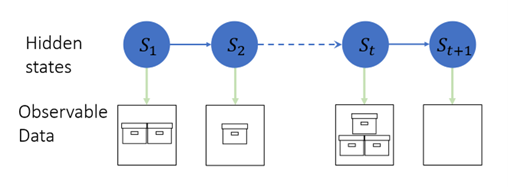
SAS' Ji Shen introduces you to an effective solution for modeling and forecasting count time series.
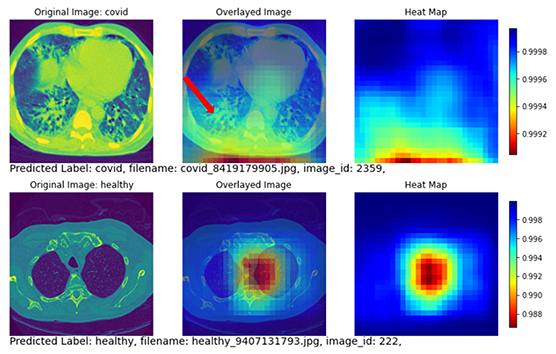
In her first blog post, SAS' Mu He shows you how to train a convolutional neural network that can accurately detect patients with COVID-19 using the transfer learning technique.

SAS' Scott Pope introduces you to an action set in SAS Viya called dlModelZoo that supports importing PyTorch models.

SAS' Brandon Reese the EURO Meets NeurIPS 2022 Vehicle Routing Competition, which combined efforts of operations research and machine learning experts.

SAS' Mary Carter details challenges and benefits of accelerating the delivery of SAS software.
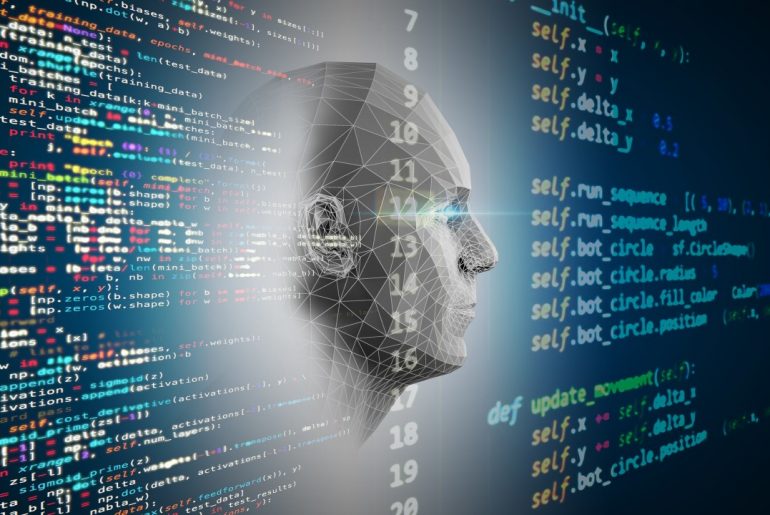
NeurIPS 2022 allowed researchers and practitioners to share progress and brainstorm new ideas for advancing machine learning and its related fields.

SAS' Sylvia Kabisa shows you how an online media company might use SAS to offer targeted discounts through personalized pricing.

Anuja Nagpal and Yonglin Zhu of SAS R&D reveal how, MLPA – without any code and within a given timeframe – finds an effective pipeline for a data set after applying data preprocessing, feature engineering and modeling with hyperparameter tuning.

SAS' Bahar Biller expounds on the idea that stochastic simulations are large-data generation programs for highly complex and dynamic stochastic systems.

Building on a previous post on how the seqmc action can be used to mine frequent sequences, SAS' Amod Ankulkar explores an alternative algorithm.

Billy Dickerson of SAS R&D chronicles three key challenges and lessons learned in SAS' journey to continuous integration (CI) and continuous delivery (CD).

SAS' Yogender Kushawah introduces you to mining long sequences efficiently using the seqmc action in SAS Visual Analytics.
SAS' Bahar Biller and Xi Jiang use the example of a semiconductor manufacturing plant to illustrate the role of sensitivity analysis in assessing supply chain risk.
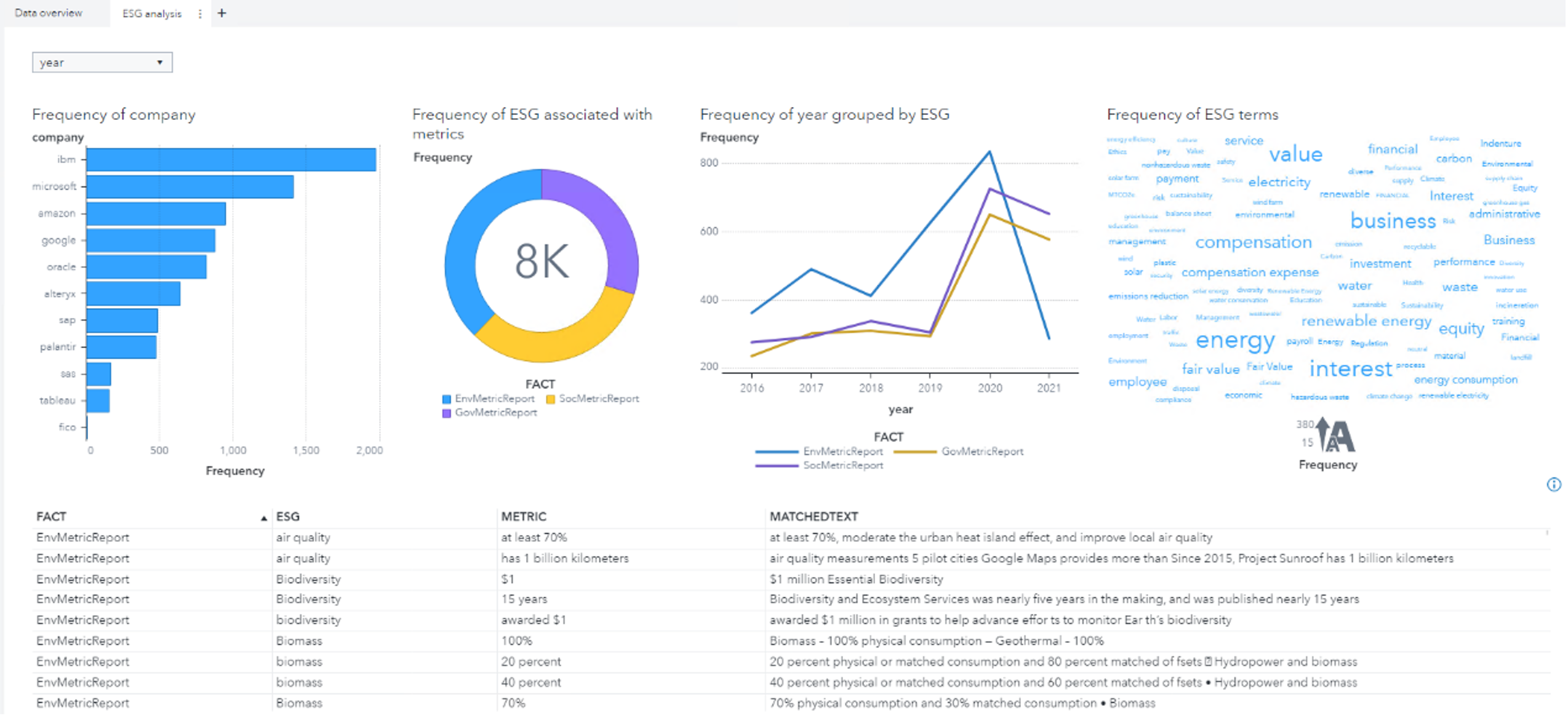
Using such features and Natural Language Processing capabilities like text parsing and information extraction in SAS Visual Text Analytics (VTA) helps us uncover emerging trends and unlock the value of unstructured text data.

To find exact duplicates, matching all string pairs is the simplest approach, but it is not a very efficient or sufficient technique. Using the MD5 or SHA-1 hash algorithms can get us a correct outcome with a faster speed, yet near-duplicates would still not be on the radar. Text similarity is useful for finding files that look alike. There are various approaches to this and each of them has its own way to define documents that are considered duplicates. Furthermore, the definition of duplicate documents has implications for the type of processing and the results produced. Below are some of the options. Using SAS Visual Text Analytics, you can customize and accomplish this task during your corpus analysis journey either with Python SWAT package or with PROC SQL in SAS.

SAS' Gunce Walton introduces to you a new scoring capability, how it utilizes Deep Neural Networks (DNNs) and shares use cases with PROC DEEPCAUSAL.

SAS' Damian Herrick chronicles the refresh of a 2002 social-network analysis aimed at identifying influential peer educators among former drug users.
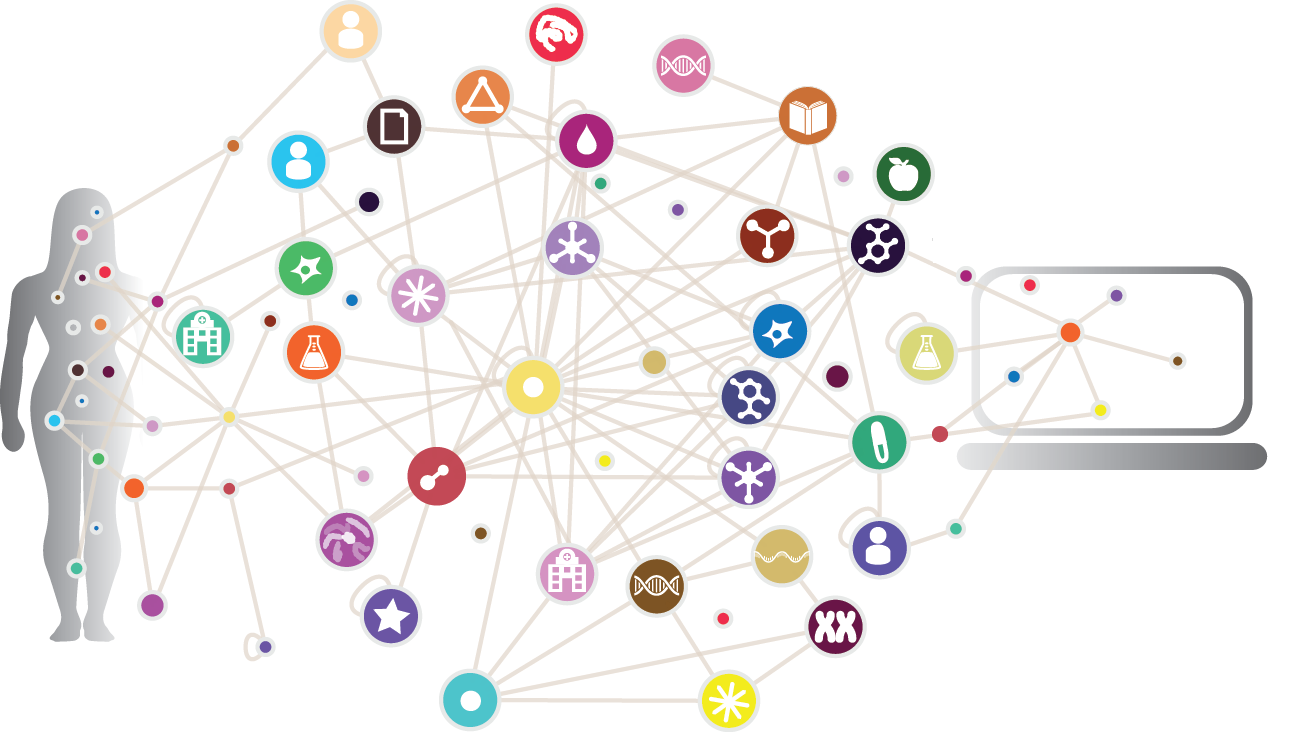
In this introduction to powerful knowledge graph tools, SAS' Brandon Reese shows you how they can predict disease similarity and compound similarity using an unsupervised approach.
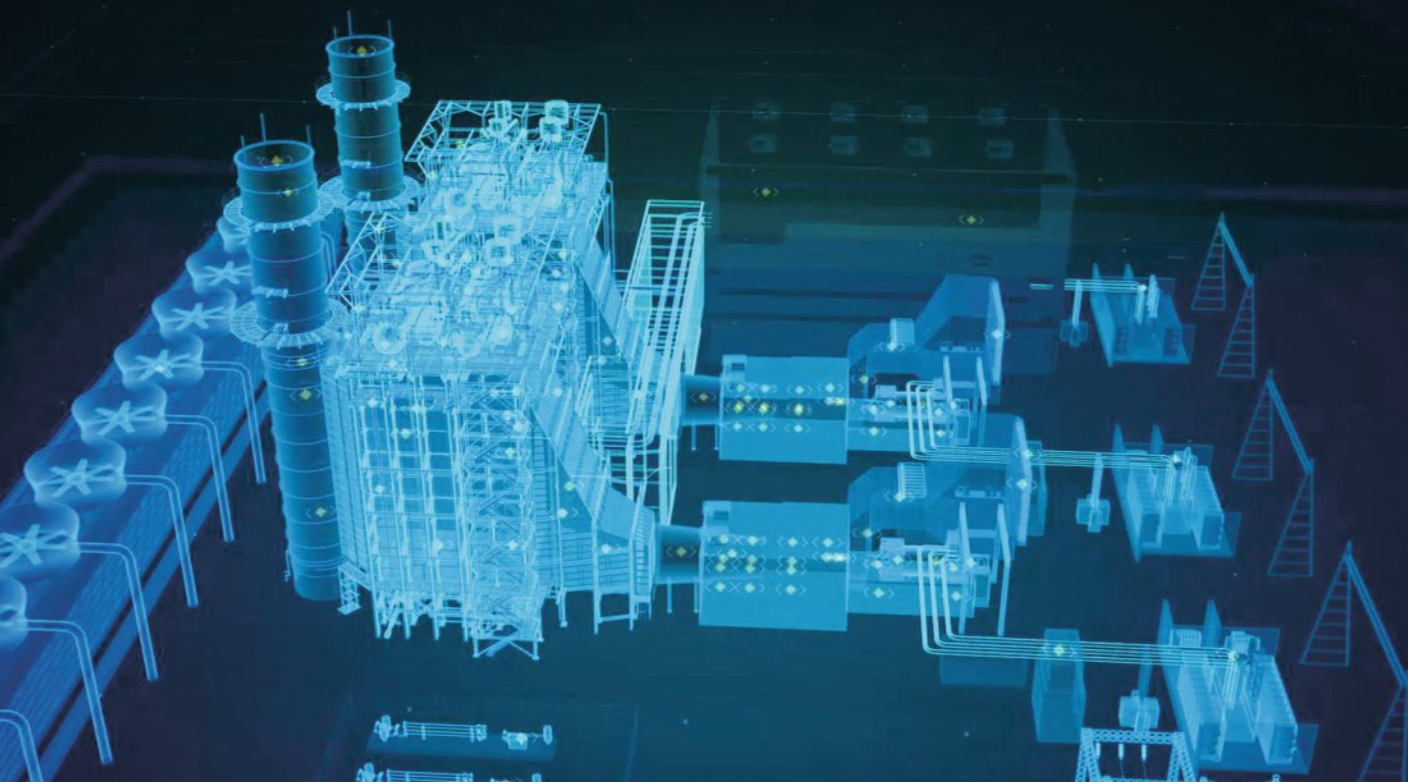
SAS' Bahar Biller reveals how simulations enable KPI generation, risk quantification, risk management and more.

SAS research statistician Ji Shen reveals how to train a machine to be a batting coach.

SAS' Michael Lamm gives an overview of Bayesian Additive Regression Trees (BART) and demonstrates training and scoring BART models in SAS Visual Statistics.

SAS' Ricky Tharrington and Jagruti Kanjia explain two ways bias shows up in model predictions.